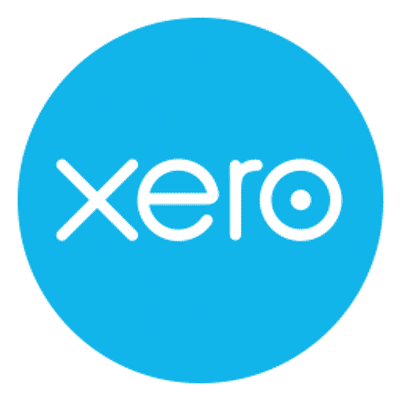TradeGecko is a Inventory Management Software. TradeGecko offers Traceability, Supplier Management, Shipping Management, Purchase Order Management, Order Entry and many more functionalities.
Some top alternatives to TradeGecko includes Zoho Inventory, EasyEcom, EazyStock, ZapInventory and EZOfficeInventory.
Yes, TradeGecko provides API.
Yes, TradeGecko provides a mobile app.
TradeGecko is located in Singapore
TradeGecko offers Free Trial, Subscription pricing models
Yes, TradeGecko can integrate with Quickbooks, Xero, WooCommerce, Shopify Plus and many more.You can find more integration for TradeGecko here
The starting price of TradeGecko is $39



















